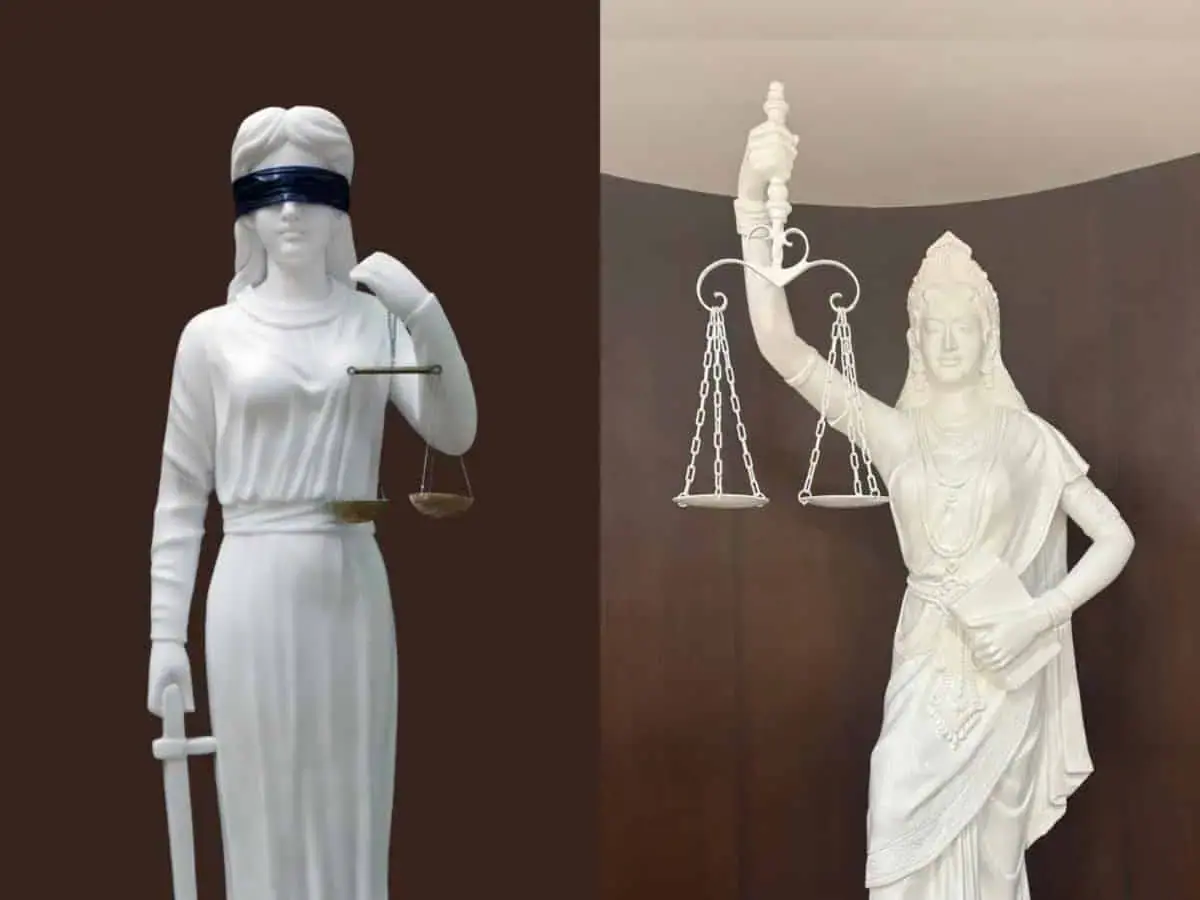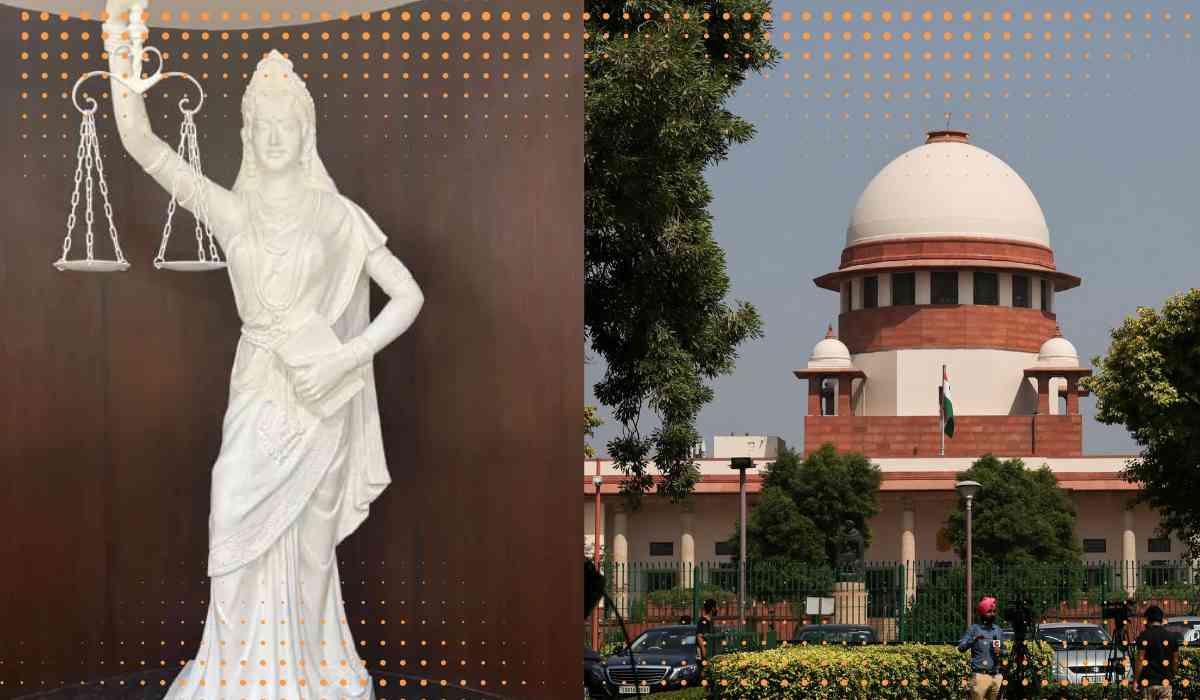The Supreme Court (SC) of India has introduced a reimagined version of the 'Lady Justice' statue, marking a significant departure from colonial symbolism. Traditionally depicted with a blindfold and a sword, the new statue features Lady Justice with open eyes and holds the Constitution of India instead of the sword. This change reflects the judiciary's commitment to constitutional values and the principle that justice "sees everyone equally," as reported by NDTV.
Open Eyes, A Symbol of Awareness

The removal of the blindfold from Lady Justice signifies a broader transformation in the judiciary’s approach to justice in contemporary India. Long associated with impartiality, the blindfold has been replaced with open eyes a bold statement initiated by Chief Justice of India (CJI) D Y Chandrachud.
“The law is not blind; it sees everyone equally,” CJI Chandrachud remarked during the unveiling ceremony. This shift represents an evolving legal identity that distances itself from colonial symbols, embracing a distinctly Indian interpretation of justice. The updated statue now resides in the judges’ library, symbolising a justice system that is vigilant and inclusive.
Another significant aspect of the redesigned 'Lady Justice' is the replacement of the sword with the Constitution. The sword, which previously symbolised authority and punishment, has been substituted with the Constitution, highlighting a commitment to a more principled approach to justice. The Constitution serves as the foundation of the judiciary’s role, emphasizing the importance of rights, equality, and fairness over mere retribution.
A senior official from the Chief Justice’s office explained, “The sword is a symbol of violence, but courts deliver justice according to constitutional laws. The new statue aims to reflect this principle.”
Moving Beyond Colonial Legacy

This redesign aligns with the Indian judiciary's broader initiative to shed its colonial legacy. Recent legal reforms, including the introduction of the Bharatiya Nyaya Sanhita (BNS) to replace the Indian Penal Code (IPC), underscore this movement. CJI Chandrachud has stressed the importance of breaking away from British-era symbols and laws, reinforcing that the judiciary's role is to protect constitutional rights rather than impose punitive measures.
As a source close to the Chief Justice noted, “Justice Chandrachud believes that India should move forward from the British legacy, and that the law is never blind; it sees everyone equally.” This philosophy is embodied in the newly redesigned 'Lady Justice,' now representing the Constitution as the ultimate source of justice.
Despite the notable changes, one aspect of 'Lady Justice' remains unchanged: the scales in her right hand, which continue to symbolize the balance of justice. These scales represent the impartial weighing of evidence, ensuring that both sides are considered equally before a verdict is reached.
“The scales of justice represent balance in society, and the idea that facts and arguments from both sides are weighed by courts before arriving at a conclusion,” an official stated.
With inputs from agencies
Image Source: Multiple agencies
© Copyright 2024. All Rights Reserved Powered by Vygr Media.






















